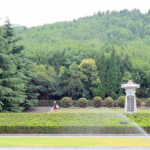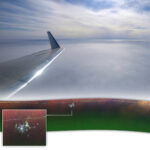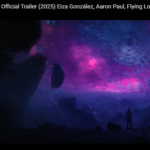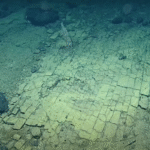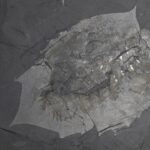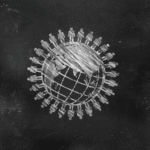High-Tech Tools Uncover Medieval Secrets
A centuries-old mystery buried under Milan’s Sforza Castle has taken a leap forward. Using ground-penetrating radar and laser scanning, researchers from the Polytechnic University of Milan have confirmed the existence of hidden underground tunnels, long rumored due to Leonardo da Vinci’s 1495 sketches.
These findings stem from research conducted between 2021 and 2023, originally launched as part of a doctoral thesis. The project uncovered a network of underground passageways, shedding light on da Vinci’s lesser-known role in military architecture during the Renaissance.
“Da Vinci’s artistic vision may have inspired real-world military designs hidden beneath Milan.”
A Hidden Network Beneath the Castle
Initial surveys focused on a known tunnel under the Ghirlanda, an outer defensive wall of the castle. But researchers were surprised to find more:
- A second secret tunnel running parallel to the first, around 1 meter (3 feet) below the surface
- Additional brick tunnels, many featuring barrel-vaulted ceilings
- A possible passage leading toward the Basilica of Santa Maria delle Grazie, the site of da Vinci’s Last Supper and burial place of Duke Sforza’s wife
- Subterranean rooms at deeper levels, previously undetected
These tunnels, likely designed for quick soldier movement, offer glimpses into the castle’s military strategies during times of siege or escape.
Da Vinci’s Role: Paper Vision or Practical Impact?
Leonardo da Vinci was a resident at Sforza Castle in the late 1400s under Duke Ludovico Sforza, working on artworks and also military designs. Though many of his drawings were conceptual “paper architecture”, the recently discovered layouts closely match his sketches.
His influence is apparent in:
- The defensive structures resembling his notes in Codex Forster I
- The strategic alignment of tunnels with castle architecture
- Potential design overlaps between his imagined models and actual construction
“While da Vinci’s drawings weren’t always meant to be built, this discovery suggests some may have been.”
Not Just Military—Also Personal
One tunnel appears to connect the castle to the Basilica of Santa Maria delle Grazie, where Beatrice d’Este, the duke’s wife, is buried. This hints at a personal use case—providing family members private access to the tomb.
This discovery suggests the tunnel system may have served both functional and emotional purposes, blending the strategic with the sentimental.
- The castle’s underground paths reflect multi-layered historical utility
- Different levels may represent eras of reconstruction and transformation
Bringing the Past to the Digital Age
Researchers now plan to build a digital twin of the entire underground system. The goal is to:
- Recreate the hidden tunnels in 3D
- Use augmented reality for immersive visitor experiences
- Preserve architectural heritage for future generations
This model will reflect both the current physical form and historical layout of the castle, offering unprecedented access to long-inaccessible areas.
“Visitors will soon walk through da Vinci’s vision—virtually.”
Why It Matters
Sforza Castle has undergone extensive changes over centuries—especially during the Napoleonic wars and the late 19th century. Much of its original structure was believed to be lost.
But this discovery proves:
- Not everything was destroyed
- Important architectural legacies remain beneath modern cities
- Da Vinci’s role in shaping Renaissance fortifications was more influential than once thought
This blend of art, science, and history offers a powerful reminder: the past is closer than we think—often right beneath our feet.



